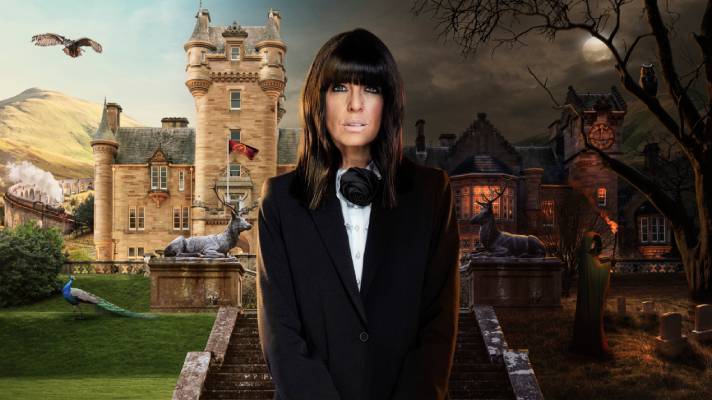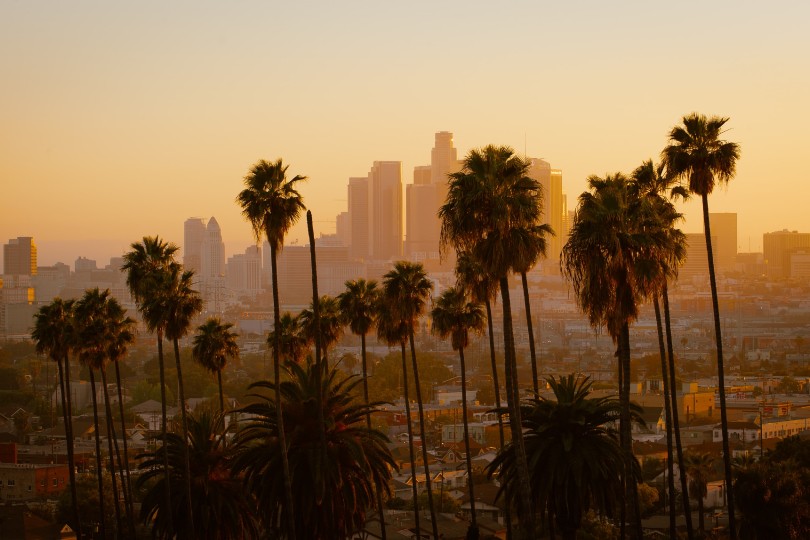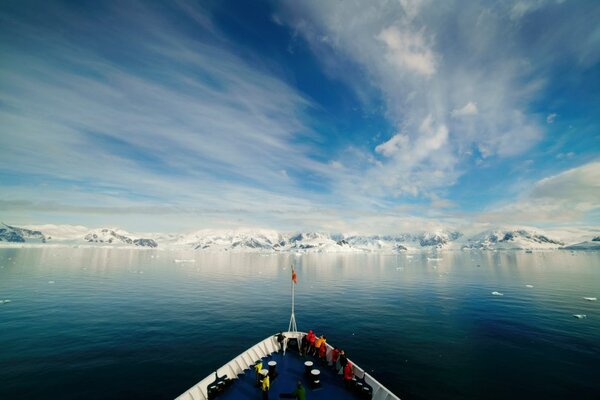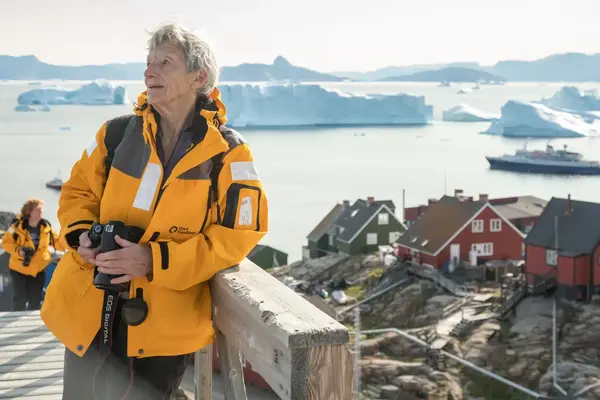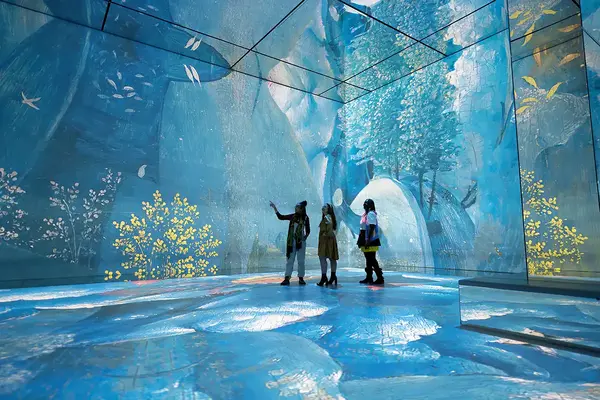On our Radar: Roman heritage in mosaic-rich Ravenna
Emilia-Romagna’s Ravenna boasts art, a storied history and marvellous mosaics in hues of emerland, sapphire and gold, says Abra Dunsby
Nestled in the Emilia-Romagna region of northern Italy, the well- heeled, provincial city of Ravenna seems relatively unassuming when compared with the grandeur of Venice, Florence or Rome.
Its buildings aren’t framed by marble statues or topped with golden domes. Instead, its Byzantine churches are a modest assemblage of red brick octagons and rectangles.
Yet step inside the ancient churches and Ravenna’s beauty unfurls like a budding flower. The ceilings, walls and columns are covered in mosaics in hues of gold, cobalt and emerald.
Walk around inside and the biblical scenes the murals depict are brought to life, as each painstakingly placed mosaic shimmers in the light.
“Imagine that when these mosaics were first created, alabaster windows and olive oil lamps lit up the churches’ dark interiors. This would have given the mosaics an even greater lustre than we see today,” said my guide, Benedetta, as I strolled around admiring the mosaics and frescoes of the Basilica di San Vitale.
It is amazing to think Ravenna’s famous churches have stood for more than 1,600 years, and yet their interiors still evoke a sense of wonder.
Ravenna’s early Christian and Byzantine mosaic artworks have earned eight of its buildings Unesco World Heritage status.
Its heyday was in the 5th century, when it became the capital of the Western Roman Empire. Emperor Honorius chose Ravenna thanks to its positioning, surrounded by marshland and lagoons, and located near the major military port of Classe.
It didn’t last: the Goths conquered Ravenna in 476, building many of its Christian churches. Then came the Byzantines, who annexed the city to the Eastern Roman Empire in the sixth century, creating Orthodox churches filled with the spectacular mosaics.
Visitors can easily spend a weekend here getting their culture fix, rewarding themselves with lunches in the pretty cobbled Piazza del Popolo, or shopping in the boutiques.
It is also worth recommending a visit to Dante’s tomb: the poet finished his Divine Comedy here after being exiled from Florence.
If clients want to join a tour, the likes of Cox & Kings, Kirker Holidays and Riviera Travel sell Ravenna, with expert guides on hand to divulge the art history.
For weekend breakers, the Adriatic Coast is easily reachable from the city, as is the airport – the closest is Bologna airport, served by BA, Easyjet and Ryanair.
Andrea Corsini, regional minister for tourism in Emilia-Romagna, recommends timing a visit with the Ravenna Festival, a celebration of opera and classical music held in June and July each year.
Art and music aside, a trip to Ravenna reveals Italian life in all its authenticity, and with fewer tourists than other Italian cities, clients can soak up beauty, culture and tranquillity in equal measure.


